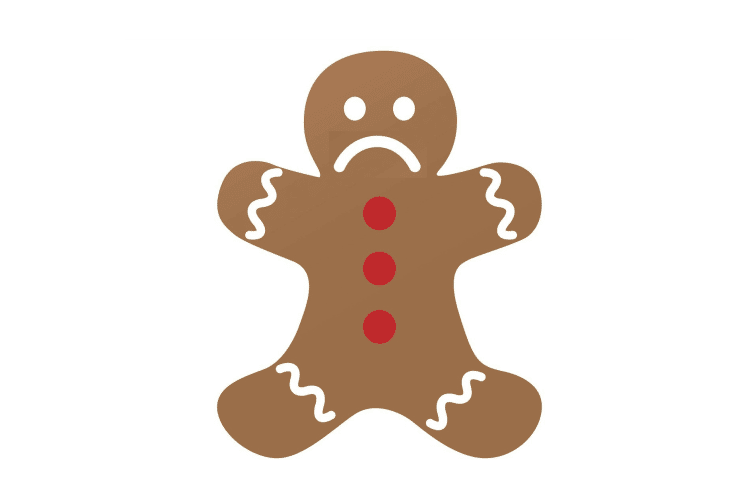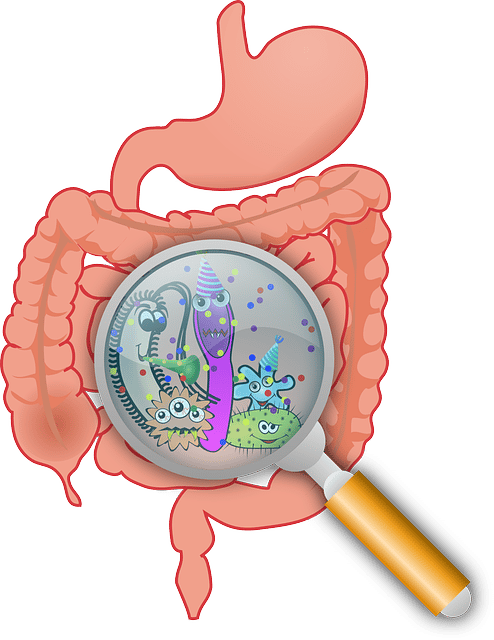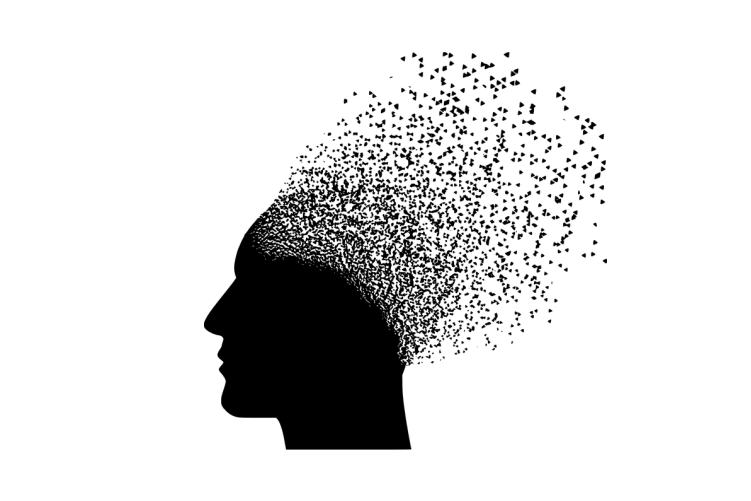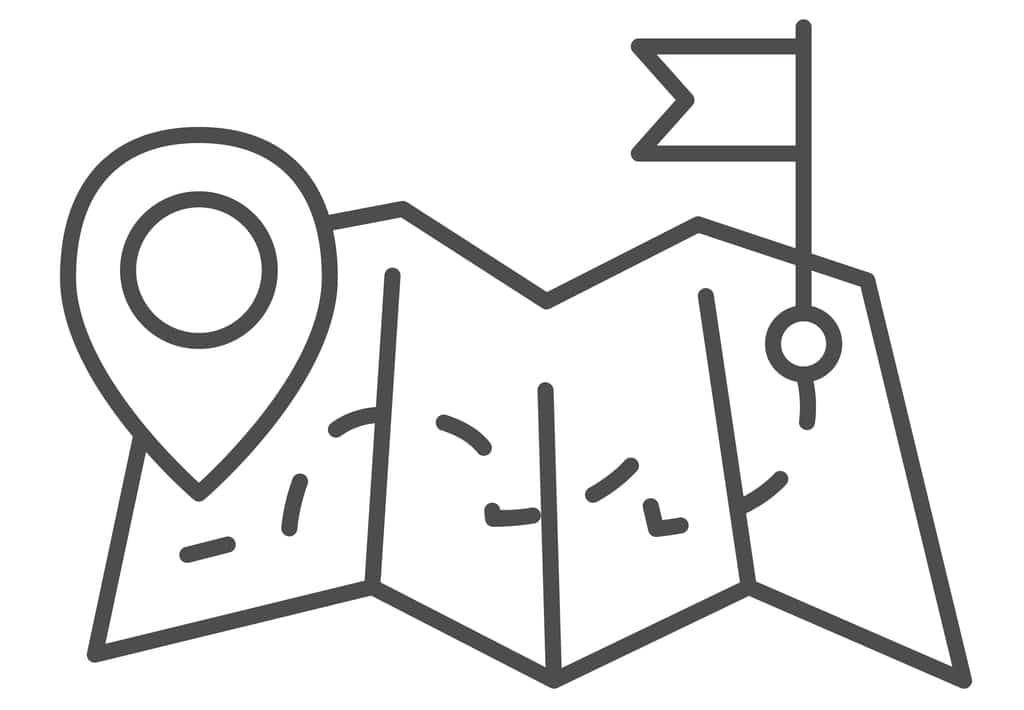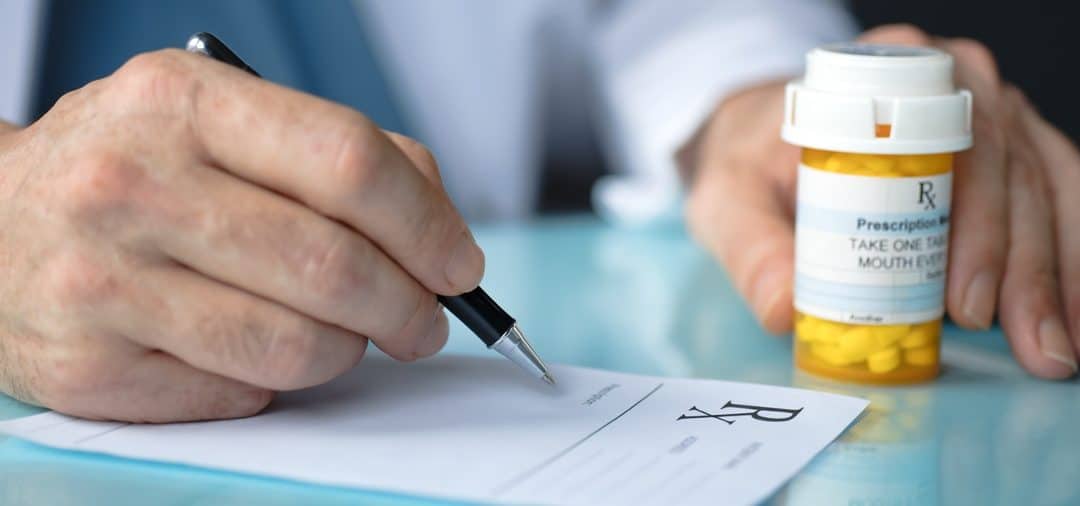
Did You Unknowingly Consent to Damaged Health?
Did You Unknowingly Consent to Damaged Health?
Do you agree with this statement?
“If I had health problems or developed them, I’d go to my doctor to make sure I didn’t have anything serious, and to get treatment options so I can feel better and avoid future complications.”
.
So far, so good, right? How about this statement?
“If my doctor diagnosed me with a “chronic” disease and recommended a long-term medication, I wouldn’t be happy about it but would probably take the meds to avoid more problems in the future.”
(“Chronic” means it doesn’t go away or keeps coming back, such as blood pressure, cholesterol, depression, diabetes, digestive problems, anxiety, female hormone problems, etc.)
.
Did you accept this, or did you have doubts?
Did you feel that long-term drugs were inevitable, or were you upset that your health had fallen to this?
Did you wish for some other solution than drugs but have no idea what to do?
Did you realize you just received a “life sentence”?
When you are prescribed a long-term medication, you are being told that you’ll have this disease long-term, maybe for the rest of your life.
These medications do not “cure” your condition, they (attempt to) manage the symptoms. Meanwhile, the condition will likely worsen, and new conditions will often occur.
Do you wish for some other solution than drugs but have no idea what to do?
Your prescriptions may be protecting you from some serious consequences of your condition but may not be effective with the concerns and symptoms that affect your day-to-day life. Also, your health isn’t improved by these drugs, and your now-compromised body is very likely to develop more problems.
.
Your Prescription May Be Causing New Health Problems
Many medications affect your nutrition:
- The medication can attach itself to a nutrient and pass it out of the body
- The medication can alter the pH in the gut so that the nutrient can’t be adequately absorbed
- Some medications need specific nutrients for them to be able to work and may cause deficiencies.
The Failure of Conventional Medicine
You CAN Be Happy and Healthy
Blood Pressure Medications and Nutrient Deficiencies
Ronald Grisanti D.C., D.A.B.C.O., DACBN, MS, CFMP
I first want to give you a brief overview on how medications impact important nutrients.
HOW MEDICATIONS AFFECT NUTRIENTS
The following are a few ways that blood pressure medications can affect how our bodies absorb essential nutrients.
- The medication can attach itself to a nutrient and pass it out of the body
- The medication can alter the pH in the gut so that the nutrient can’t be properly absorbed
- Some medications need specific nutrients in order for them to be able to work.
The Following are Blood Pressure Medications, Nutrients Commonly Depleted and the Negative Impact of the Deficient Nutrients
ACE INHIBITORS
Angiotensin converting enzyme inhibitors (ACE Inhibitors) are one of the most commonly used families of blood pressure medicines. Examples include; ramipril, enalapril, lisinopril, quinapril, fosinopril, trandolapril and captopril.
Nutrients that can be depleted by these medicines are zinc, magnesium, potassium and calcium.
Deficiencies in these nutrients can cause hair loss, slow healing of wounds, loss of taste or smell, prostate problems, loss of sex drive, frequent infections, leg cramps, weight gain, bone loss, high blood pressure, higher risk of cancer
CALCIUM CHANNEL BLOCKERS
Another commonly used family of blood pressure medicines. Examples include; amlodipine, nifedipine, felodipine, diltiazem and verapamil.
Nutrients that can be depleted by these medicines are potassium, calcium, vitamin D and possibly Co-Enzyme Q10.
Symptoms that can occur due to deficiencies in these nutrients are fatigue, leg cramps, frequent infections, thirst, muscle weakness, bone loss, confusion, high blood pressure, confusion, heart disease and rapid or irregular heartbeat.
BETA BLOCKERS
Examples of beta blockers include; atenolol, metoprolol, sotalol and bisoprolol.
Beta blockers can deplete the body of Co-Enzyme Q10 and melatonin.
Symptoms that can occur due to deficiencies in these nutrients are insomnia, disrupted sleep, increased risk of cancer, autoimmune disorders, muscle cramps, memory loss.
CENTRALLY ACTING BLOOD PRESSURE MEDICATIONS
Clonidine and methyldopa are examples of this.
These blood pressure medications can deplete Co-Enzyme Q10.
Depletion of Co-Enzyme Q10 can result in fatigue, weakness, muscle and leg cramps, memory loss, frequent infection, liver damage, higher risk of heart attack, higher risk of cancer.
Conclusion
The above blood pressure medications may in fact cause nutrient deficiencies making it more important to consider supplementing with these nutrients to decrease the negative symptom consequences
IMPORTANT
Always discuss this important information on blood pressure nutrient deficiencies with your healthcare provider.
Compliments from Functional Medicine University
References:
Pharmavite. Common drug classes, drug-nutrient depletions, & drug-nutrient interactions. www.aafp.org/dam/AAFP/documents/about_us/sponsored_resources/Nature%20Made%20Handout.pdf. Accessed September 20, 2019.
https://www.ncbi.nlm.nih.gov/pmc/articles/PMC5874849/
https://nutritionreview.org/2016/12/practical-guide-avoiding-drug-induced-nutrient-depletion/

